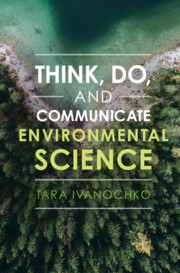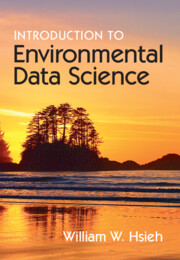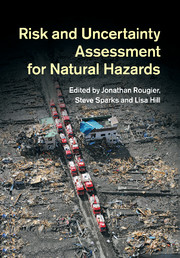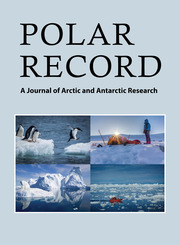Think, Do, and Communicate Environmental Science
Many students find it daunting to move from studying environmental science, to designing and implementing their own research proposals. This book provides a practical introduction to help develop scientific thinking, aimed at undergraduate and new graduate students in the earth and environmental sciences. Students are guided through the steps of scientific thinking using published scientific literature and real environmental data. The book starts with advice on how to effectively read scientific papers, before outlining how to articulate testable questions and answer them using basic data analysis. The Mauna Loa CO2 dataset is used to demonstrate how to read metadata, prepare data, generate effective graphs and identify dominant cycles on various timescales. Practical, question-driven examples are explored to explain running averages, anomalies, correlations and simple linear models. The final chapter provides a framework for writing persuasive research proposals, making this an essential guide for students embarking on their first research project.
- By actively working through the concrete examples provided, students develop skills which will be essential when working with real data
- Includes additional online materials for students including sample datasets and links to web resources, as well as additional student exercises for lecturers
- Provides practical guidance on how to start a research project, and outlines the critical components of research proposals, helping readers conceptualise projects
Reviews & endorsements
'This would be a good textbook for an experiential learning course or a helpful project guide. Institutions with environmental science teaching programs would be especially well advised to acquire the volume, and it may also be of interest to general readers and advanced homeschoolers … Highly recommended.' R. C. Hedreen, Choice Magazine
'a valuable accessory resource for both upper-level undergraduate and graduate courses in ecological or environmental science' Christopher J. Whelan, The Quarterly Review of Biology
Product details
May 2021Hardback
9781108423458
250 pages
150 × 230 × 15 mm
0.51kg
Available
Table of Contents
- Foreword Ralph Keeling
- Introduction
- 1. Reading papers to find the science, not the answer
- 2. Communicating science visually
- 3. Matching scales and processes
- 4. Collecting environmental data
- 5. Writing research questions
- 6. Aligning your question with your data
- 7. Working with environmental data
- 8. Isolating individual signals from a composite dataset
- 9. Differentiating signals from noise
- 10. Characterizing your data
- 11. Comparing datasets
- 12. Developing simple environmental models
- 13. Writing a science proposal
- 14. Writing an abstract
- Appendix: Working in Excel
- Glossary
- Epilogue
- Index.






